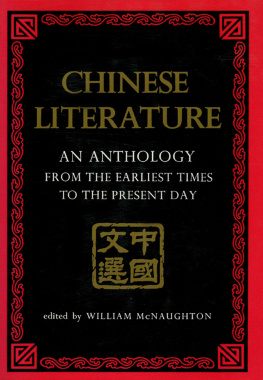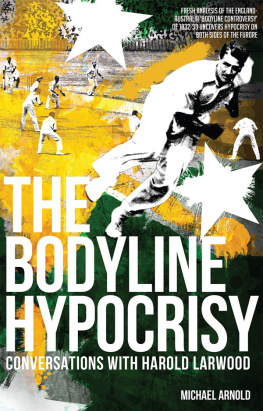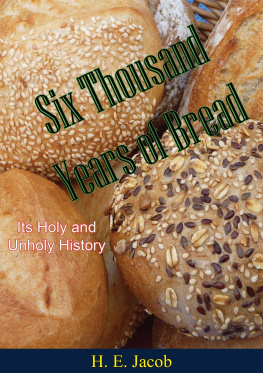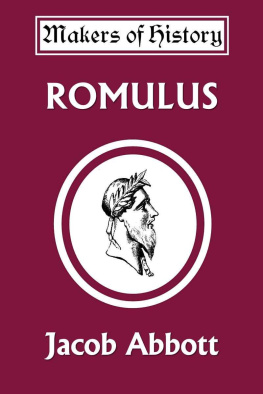Please see the at the end of this text.
Drawn by Experience
Engraved by Sorrow
a Man Loaded with Mischief , or Matrimony .
A Monkey, a Magpie, and Wife; Is the true Emblem of Strife.
(263 kB)
THE
HISTORY OF SIGNBOARDS
From the Earliest Times to the Present Day
BY JACOB LARWOOD AND
JOHN CAMDEN HOTTEN
He would name you all the signs as he went along
BEN JONSONS BARTHOLOMEW FAIR
Oppida dum peragras peragranda poemata spectes
DRUNKEN BARNABYS TRAVELS
Cock and Bottle
TWELFTH IMPRESSION
WITH ONE HUNDRED ILLUSTRATIONS BY J. LARWOOD
LONDON
CHATTO & WINDUS
1908
To
Thomas Wright, Esq., M.A., F.S.A.,
the Accomplished Interpreter of English Popular Antiquities,
this
Little Volume is Dedicated
by
THE AUTHORS.
PREFACE.
The field of history is a wide one, and when the beaten tracks have been well traversed, there will yet remain some of the lesser paths to explore. The following attempt at a History of Signboards may be deemed the result of an exploration in one of these by-ways.
Although from the days of Addisons Spectator down to the present time many short articles have been written upon house-signs, nothing like a general inquiry into the subject has, as yet, been published in this country. The extraordinary number of examples and the numerous absurd combinations afforded such a mass of entangled material as doubtless deterred writers from proceeding beyond an occasional article in a magazine, or a chapter in a book,when only the more famous signs would be cited as instances of popular humour or local renown. How best to classify and treat the thousands of single and double signs was the chief difficulty in compiling the present work. That it will in every respect satisfy the reader is more than is expectedindeed much more than could be hoped for under the best of circumstances.
In these modern days, the signboard is a very unimportant object: it was not always so. At a time when but few persons could read and write, house-signs were indispensable in city life. As education spread they were less needed; and when in the last century, the system of numbering houses was introduced, and every thoroughfare had its name painted at the beginning and end, they were no longer a positive necessitytheir original value was gone, and they lingered on, not by reason of their usefulness, but as instances of the decorative humour of our ancestors, or as advertisements of established reputation and business success. For the names of many of our streets we are indebted to the sign of the old inn or public-house, which frequently was the first building in the streetcommonly enough suggesting its erection, or at least a few houses by way of commencement. The huge London Directory contains the names of hundreds of streets in the metropolis which derived their titles from taverns or public-houses in the immediate neighbourhood. As material for the etymology of the names of persons and places, the various old signs may be studied with advantage. In many other ways the historic importance of house-signs could be shown.
Something like a classification of our subject was found absolutely necessary at the outset, although from the indefinite nature of many signs the divisions Historic, Heraldic, Animal, &c.under which the various examples have been arrangedmust be regarded as purely arbitrary, for in many instances it would be impossible to say whether such and such a sign should be included under the one head or under the other. The explanations offered as to origin and meaning are based rather upon conjecture and speculation than upon factas only in very rare instances reliable data could be produced to bear them out. Compound signs but increase the difficulty of explanation: if the road was uncertain before, almost all traces of a pathway are destroyed here. When, therefore, a solution is offered, it must be considered only as a suggestion of the possible meaning. As a rule, and unless the symbols be very obvious, the reader would do well to consider the majority of compound signs as quarterings or combinations of others, without any hidden signification. A double signboard has its parallel in commerce, where for a common advantage, two merchants will unite their interests under a double name; but as in the one case so in the other, no rule besides the immediate interests of those concerned can be laid down for such combinations.
A great many signs, both single and compound, have been omitted. To have included all, together with such particulars of their history as could be obtained, would have required at least half-a-dozen folio volumes. However, but few signs of any importance are known to have been omitted, and care has been taken to give fair samples of the numerous varieties of the compound sign. As the work progressed a large quantity of material accumulated for which no space could be found, such as A proposal to the House of Commons for raising above half a million of money per annum, with a great ease to the subject, by a TAX upon SIGNS , London, 1695, a very curious tract; a political jeu-desprit from the Harleian MSS., (5953,) entitled The Civill Warres of the Citie, a lengthy document prepared for a journal in the reign of William of Orange by one E. I., and giving the names and whereabouts of the principal London signs at that time. Acts of Parliament for the removal or limitation of signs; and various religious pamphlets upon the subject, such as Helps for Spiritual Meditation, earnestly Recommended to the Perusal of all those who desire to have their Hearts much with God, a chap-book of the time of Wesley and Whitfield, in which the existing Signs of London are Spiritualized, with an Intent, that when a person walks along the Street, instead of having their Mind filld with Vanity, and their Thoughts amusd with the trifling Things that continually present themselves, they may be able to Think of something Profitable.
Anecdotes and historical facts have been introduced with a double view; first, as authentic proofs of the existence and age of the sign; secondly, in the hope that they may afford variety and entertainment. They will call up many a picture of the olden time; many a trait of bygone manners and customsold shops and residents, old modes of transacting business, in short, much that is now extinct and obsolete. There is a peculiar pleasure in pondering over these old houses, and picturing them to ourselves as again inhabited by the busy tenants of former years; in meeting the great names of history in the hours of relaxation, in calling up the scenes which must have been often witnessed in the haunt of the pleasure-seeker,the tavern with its noisy company, the coffee-house with its politicians and smart beaux; and, on the other hand, the quiet, unpretending shop of the ancient bookseller filled with the monuments of departed minds. Such scraps of history may help to picture this old London as it appeared during the last three centuries. For the contemplative mind there is some charm even in getting at the names and occupations of the former inmates of the houses now only remembered by their signs; in tracing, by means of these house decorations, their modes of thought or their ideas of humour, and in rescuing from oblivion a few little anecdotes and minor facts of history connected with the house before which those signs swung in the air.
It is a pity that such a task as the following was not undertaken many years ago; it would have been much better accomplished then than now. London is so rapidly changing its aspect, that ten years hence many of the particulars here gathered could no longer be collected. Already, during the printing of this work, three old houses famous for their signs have been doomed to destructionthe Mitre in Fleet Street, the Tabard in Southwark, (where Chaucers pilgrims lay,) and Don Salteros house in Cheyne Walk, Chelsea. The best existing specimens of old signboards may be seen in our cathedral towns. Antiquaries cling to these places, and the inhabitants themselves are generally animated by a strong conservative feeling. In London an entire street might be removed with far less of public discussion than would attend the taking down of an old decayed sign in one of these provincial cities. Does the reader remember an article in











